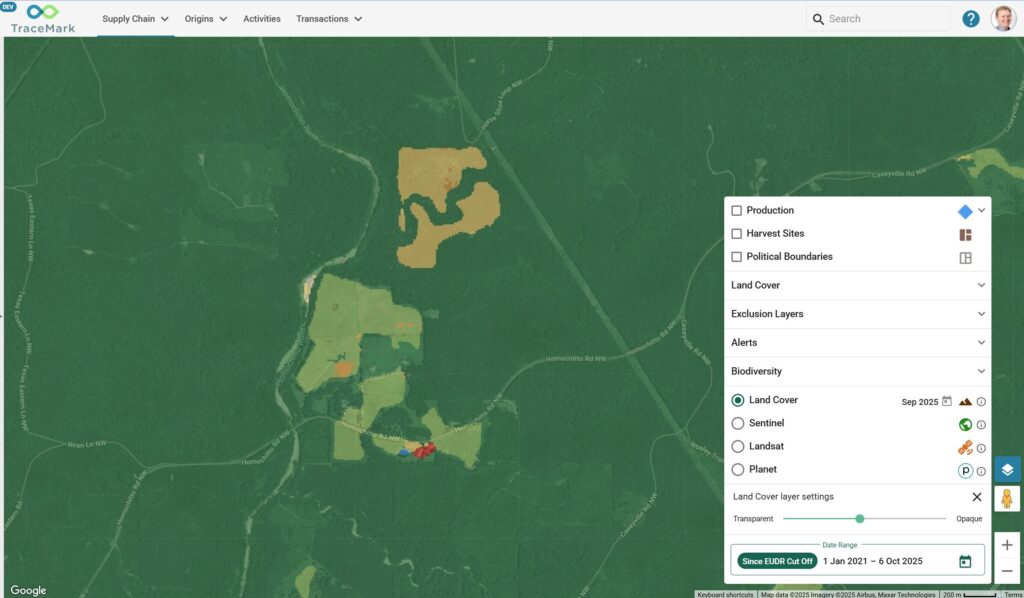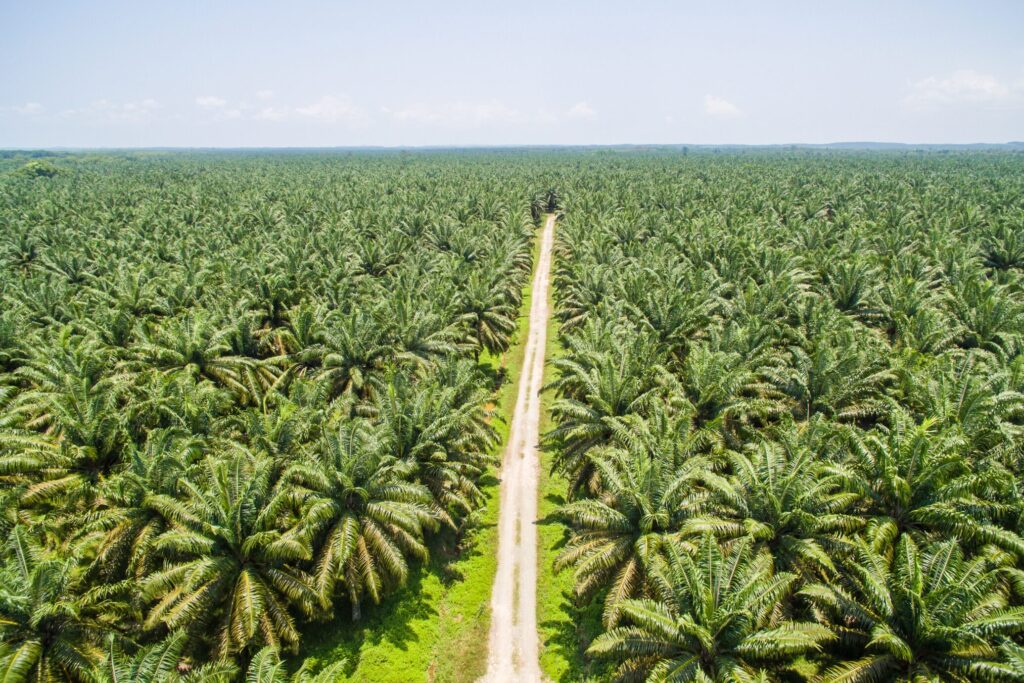Expectations are sky high: what can you learn from ridesharing giants?

Intuitive user experience and efficient operations have separated ridesharing giants from the rest of the mobile service industry. They are the gold standard for service and they set consumer expectations high.
For taxis, it is no longer acceptable to tell someone you’ll be there in 15-30 minutes and for delivered services, telling someone that you’ll be there between 10am and 5pm doesn’t cut it.
Ridesharing companies like Uber have empowered drivers and users with live tracking of their vehicles, dynamic routing to avoid traffic and the ability to view price estimates up front. This provides both drivers and users with an overall better experience.
But how can you borrow the practices and learnings from these companies to optimise your own business processes?
There are two features that improve service delivery: asset visibility and accurate travel time prediction.
Visibility: where is my driver?
Using a map we can visualise and respond to customers quickly and give them the best possible experience. The ability to track assets in real time and notify users with accurate arrival times has taken the guessing out of mobile services.
Google Maps asset tracking functionality enables users to visualise information such as the drivers location and how far from their destination the driver is.
Businesses can use this visualisation tool to pair the closest drivers and customers to make quick and efficient decisions and optimise operations.
More important than distance is the estimated travel time in current traffic, which lets people organise themselves down to the last minute, having that extra sip of their coffee or completing that meeting before heading to the airport.
Accurate travel time information: when are they arriving?
As a consumer, being able to see when your package or food will arrive has taken the frustration and time wasted out of this waiting period.
Delivery and ridesharing companies can now calculate travel times and update drivers on their traffic conditions, almost anywhere in the world. The predictive travel time capabilities of Google Maps API means delivery and customer pick up times are more accurate than ever before.
Companies can pair the closest drivers and users for the quickest and cheapest routes for drivers. Providing this valuable information allows companies to deliver the maximum number of trips across the smallest distance and in turn, make cost effective and fuel efficient trips.
Businesses with mobile teams and multiple trips daily are able to optimise routing, calculate billing based on distances and increase efficiency of any single driver over the course of one day. Any business with mobile drivers can look towards Google’s asset tracking tool kit.
How can you improve user experience?
Rideshare companies have empowered the user, allowing them to monitor their pick up and delivery times, giving them the opportunity to be more productive. Users can view predictive price estimates before trips and drivers can bill based on distances.
All this leads to a better user experience. The challenge is how you can take these ideas and apply them to your own business.
How can NGIS help?
NGIS has a skilled team of GIS analysts and developers that can utilise your existing data and develop custom business solutions. NGIS are Google Maps Premier Partners and are able to build custom software solutions using Google Maps.
To discuss what functions you can use to improve your business processes, get in touch with our Google Maps technology partner, Liveli.
Related Articles
Here are more related articles you may be interested in.







